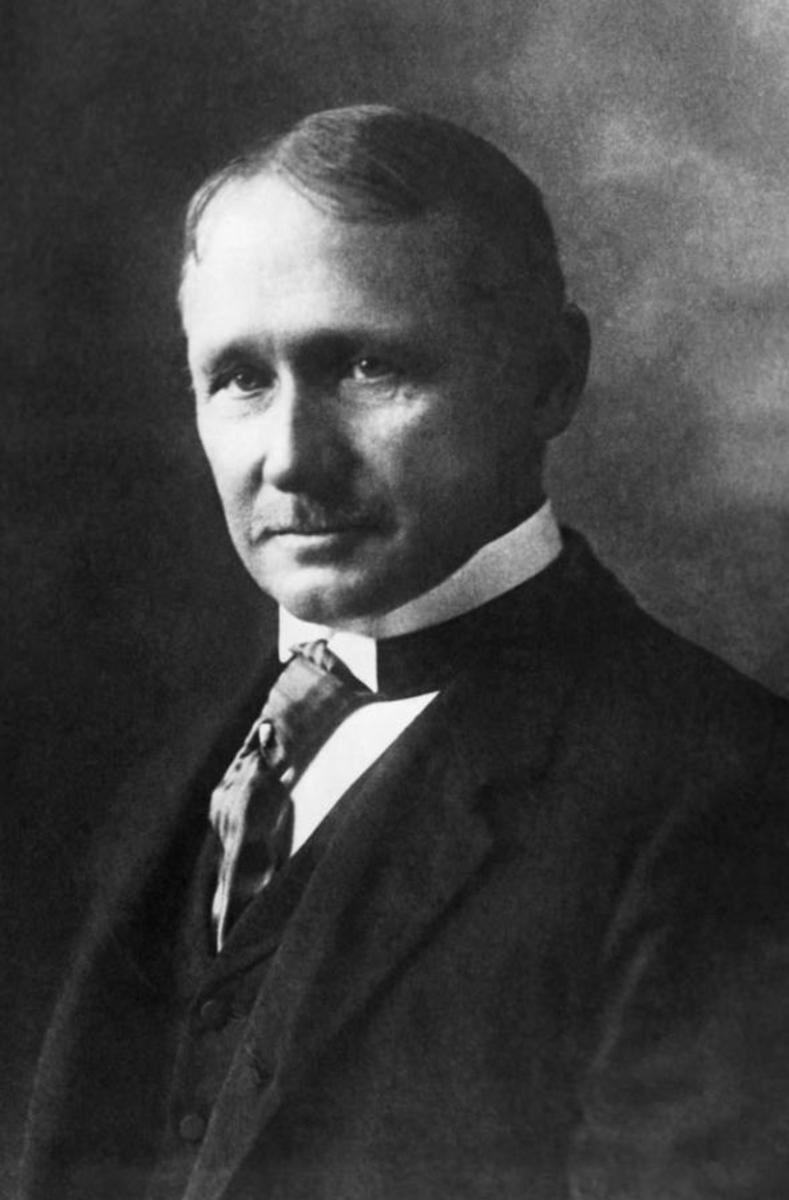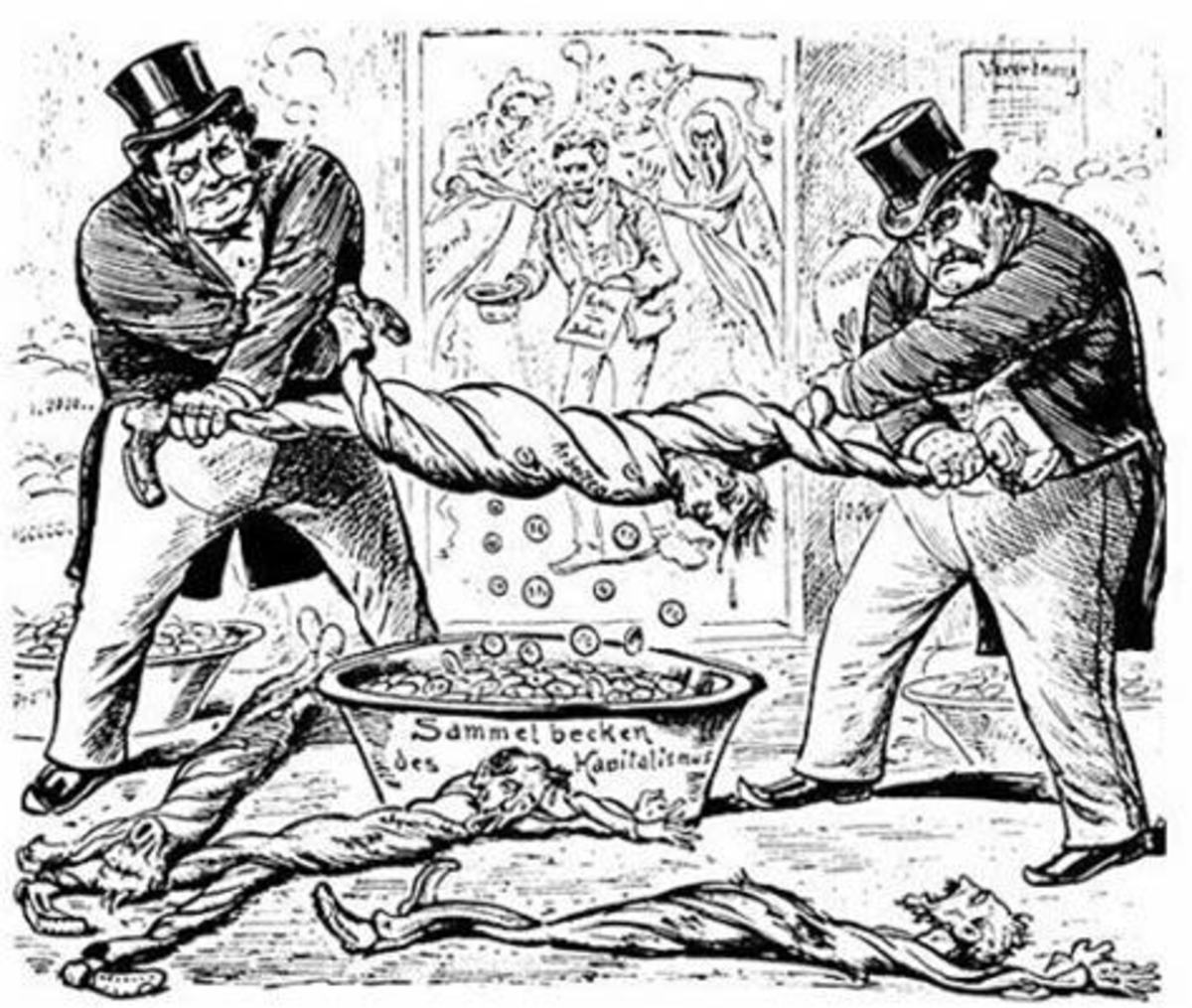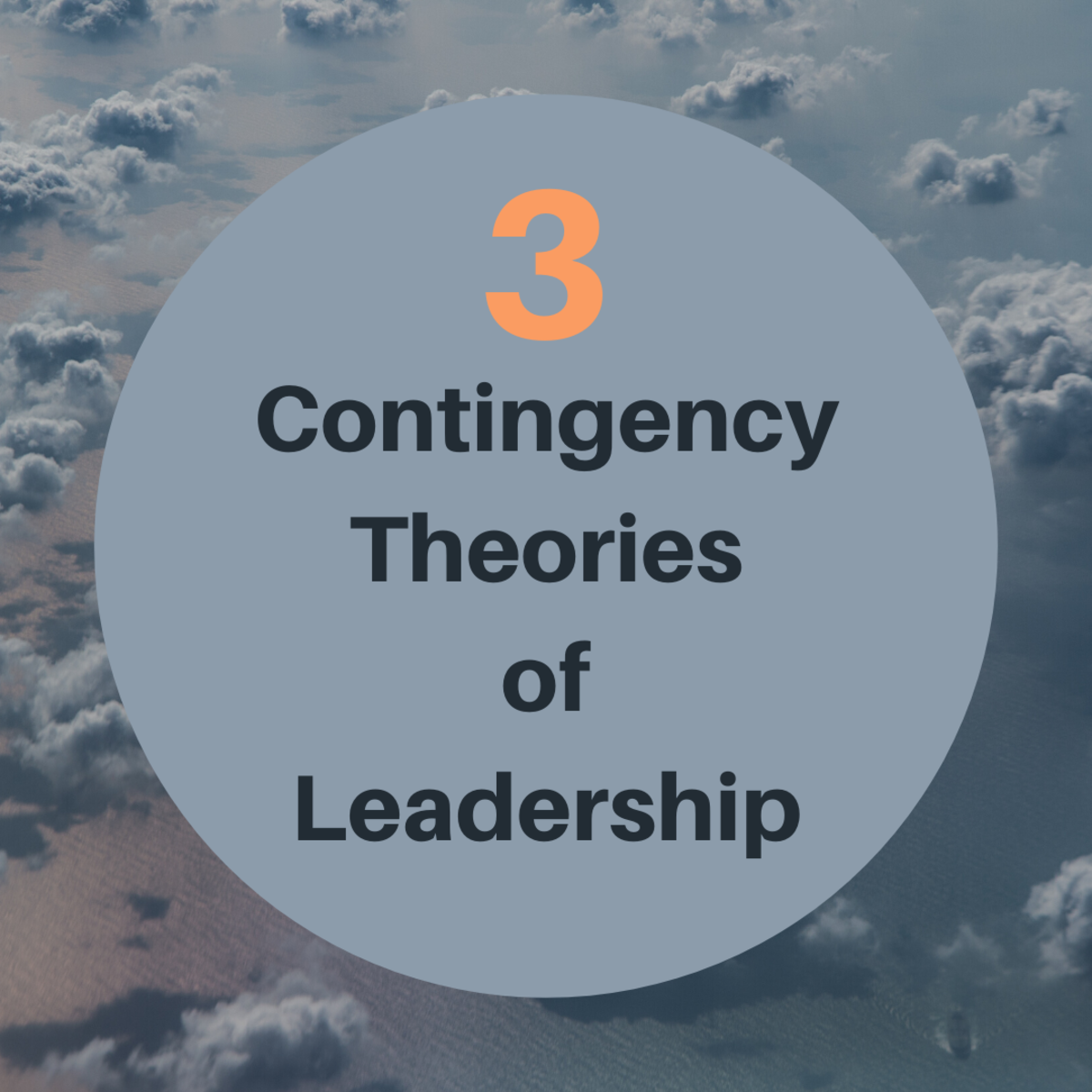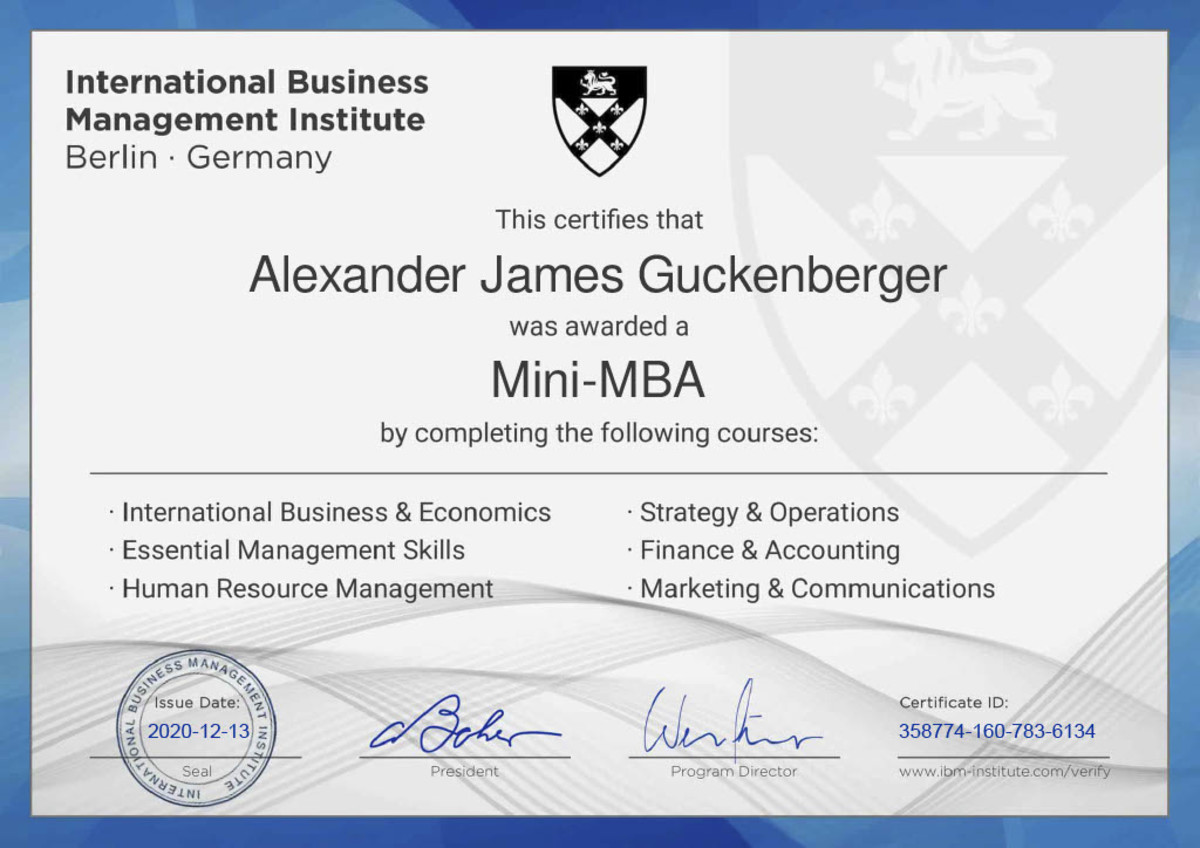Ways In Which The Organization Thinks

OB applies the knowledge gained about individuals and groups and visualizes the effect of structure on behavior in order to make the organization work more smoothly.
1. An Interdisciplinary Approach
OB integrates many disciplines:
· Psychology: Study of human behavior(individual)
· Sociology: Study of human behavior in groups
· Social-Psychology: Studies influence of people on one another.
· Anthropology: Study of human race and culture
· Political Science: Behavior Of employees in Political environment
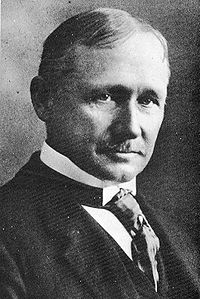
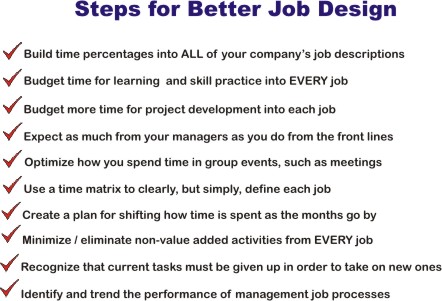



2. Scientific Management Approach
FW Taylor, the father of scientific management devised a new theory on scientific principles through his research and observations.
The primary concern here is to increase the efficiency of the worker through job design and appropriate training of the workers.
Taylor aimed at increasing organizational efficiency
He justified that organizational efficiency could be achieved by:
· Proper job design
· Proper training and selection of personnel
· Fair wage incentive systems
He suggested that to perform a task one has to:
· Adopt the right method
· Work according to their specialization
· Plan and schedule a task by using standard operatory mechanisms
· Establishing standard times to perform the job
However there were certain flaws in his approach:
· The theory simply ignored the behavioral aspects of individual employees.
· Social aspects were ignored and main emphasis was laid on discipline and control.
· It showed that employees were treated more as machines
· Individual and group relations were not acknowledged.



3. Human Resource ( Supportive) Approach
In 1924, Elton Mayo, at Western Electric’s Hawthorne Plant, Chicago, identified the importance of human relations at work through some experiments. He outlined the importance of:
· Working in groups
· Sharing of informal relations
· Having friendly supervisors
· Creation of group norms etc.
It was actually from here that OB came into scenario.
The approach is concerned with the growth and development of people, the central resource of any organization.
It believes that in creating a supportive climate where people can grow on their own by exercising self control, possessing a sense of responsibility, contributing to the best of their capabilities. It aimed at employee satisfaction.
Bottom-line: Better people should achieve better results.

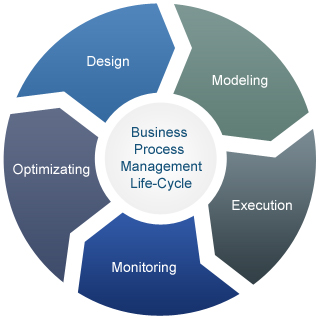
4. Contingency Approach
Situational effect was completely ignored in the previous approaches.
They required careful analysis of the changes to bring about and effectiveness.
The contingency theorists argue that external environment and many aspects of the internal environment influence the structure of the organization as well as the process of management.
Effective management will vary in different situations depending on individual groups, nature of ideas, type of technology being used, the type of environment in the organization and it’s structure.
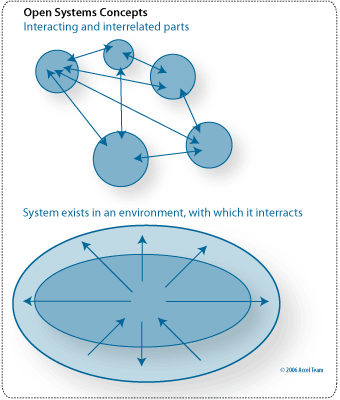
5. Systems Approach
A system is a set of interrelated and interdependent variables, which affect the other elements also.
System theorists describe the organization as “open to external environment”’ receiving certain inputs from the environment such as human resources and finally producing outputs.
Bottom-line: organizations are open systems surrounded by their external environment.
According to You Which Approach Is Best Suited For An Organization?
Different Organizations employ different approaches in their running process. I feel that a combination of the Human Resource and the Contingency resource is the best one for the proper functioning of an organization. The factors, if taken care off in good fashion will lead to increased productivity plus employee satisfaction.
These approaches help us to classify organizations on a qualitative basis and help managers realize the structure and functioning of their workplaces well.



